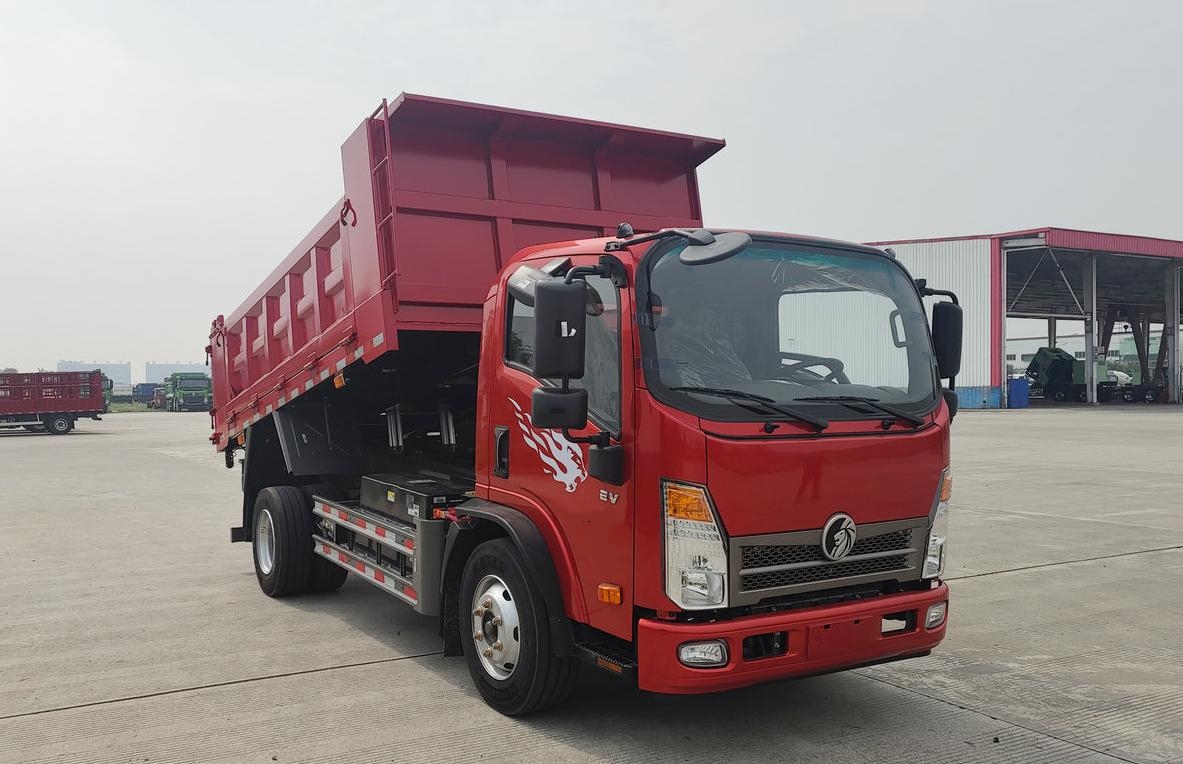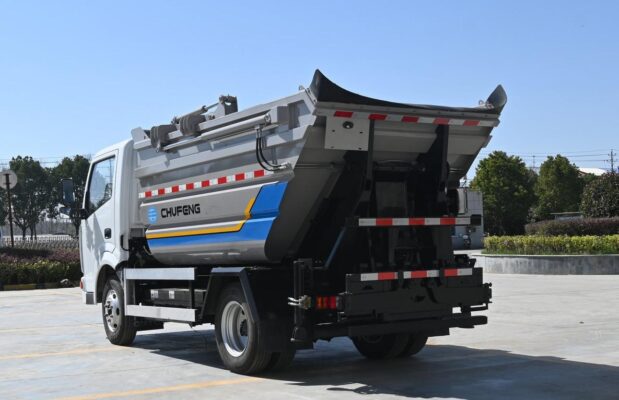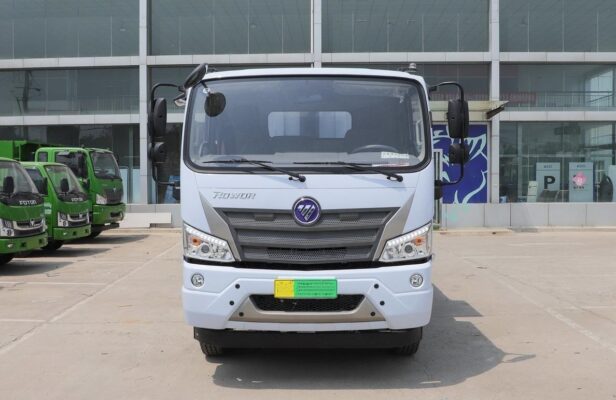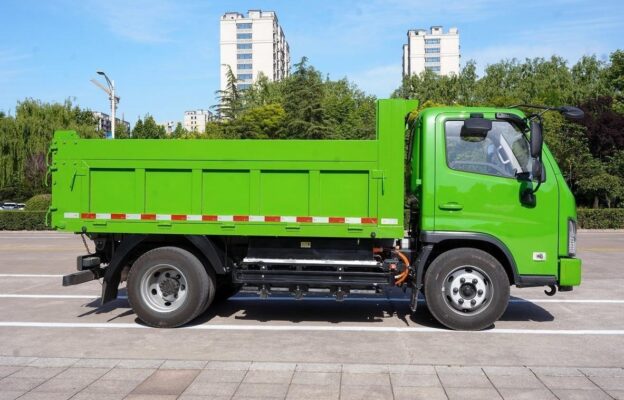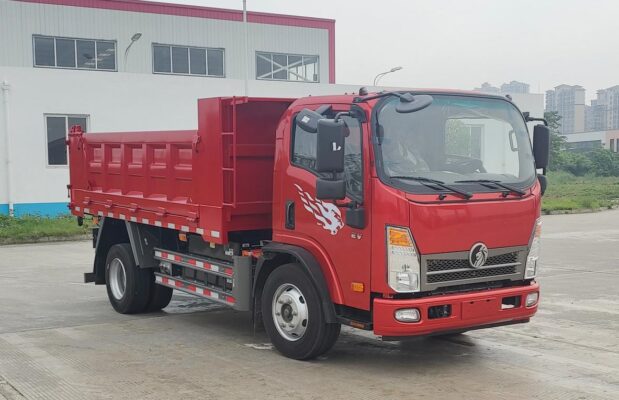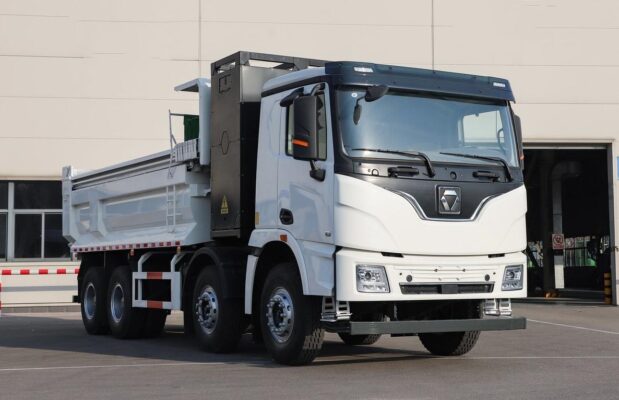Electric Truck News
Why Do Electric Vehicles Consume More Energy on Highways?
Electric vehicles (EVs) are widely praised for their efficiency, particularly in urban settings where regenerative braking and lower speeds maximize their energy-saving potential. However, their energy consumption tends to spike during highway driving. This phenomenon can be attributed to a combination of factors, including aerodynamic drag, increased power demands, tire rolling resistance, and battery efficiency dynamics. Understanding these factors not only explains the higher energy usage on highways but also provides insights into how drivers can optimize their EVs for long-distance travel.
1. Aerodynamic Drag: The Biggest Energy Culprit
Aerodynamic drag, or air resistance, plays a dominant role in an EV’s energy consumption at higher speeds. Unlike at lower speeds, where factors like tire resistance or stop-and-go driving dominate, the energy required to overcome air resistance increases exponentially with speed. Here’s why:
- Energy vs. Speed Relationship: The energy needed to counteract aerodynamic drag increases with the square of the speed. उदाहरण के लिए, doubling the speed quadruples the drag force and, consequently, the energy required to maintain that speed.
- Impact on Highways: At highway speeds, this exponential increase in drag means a significant portion of the battery’s energy is used just to push through the air, leaving less for range extension.
- EV Design Considerations: Although EVs are often designed with aerodynamic efficiency in mind—featuring streamlined shapes, smooth underbodies, and low drag coefficients—there are physical limits to how much drag can be reduced.
2. Higher Power Demand for Sustained Speed
Maintaining high speeds requires more power output from the motor, which directly increases energy consumption. Several factors contribute to this:
- Constant Power Output: At high speeds, the electric motor must deliver sustained power to keep the vehicle moving, unlike in city driving, where frequent stops allow the motor to rest or rely on regenerative braking.
- Motor Efficiency Variations: Electric motors are highly efficient across a range of speeds, but their efficiency can decline slightly at extreme power outputs required for sustained highway driving.
- Increased System Load: Components such as cooling systems may activate more frequently at high speeds, drawing additional power from the battery.
3. Tire Rolling Resistance and Road Friction
Tires play a crucial role in energy consumption, particularly at higher speeds. Rolling resistance—the energy lost as tires deform and recover while rolling on the road—contributes to overall energy use:
- Increased Friction: At higher speeds, the tires generate more friction and heat, requiring the motor to work harder to maintain momentum.
- Highway Surfaces: Rougher or uneven highway surfaces can amplify rolling resistance, further increasing energy consumption.
- Tire Design Trade-offs: Many EVs use low rolling resistance tires to optimize range, but these tires may sacrifice grip and comfort, which can be less effective under certain highway conditions.
4. Noise and Environmental Control
Highway driving exposes EVs to increased levels of wind noise, tire noise, and cabin vibrations, all of which affect energy consumption:
- Active Noise Control: Many modern EVs feature advanced noise-canceling systems or insulated cabins, which require additional energy to operate.
- Climate Control Systems: At higher speeds, climate control systems (air conditioning or heating) often work harder to maintain a comfortable cabin temperature, especially in extreme weather. HVAC systems can draw significant power from the battery, particularly in EVs that use electric resistance heating.
5. Thermal Management and Battery Efficiency
Battery performance is highly sensitive to temperature, and prolonged highway driving can affect battery efficiency in several ways:
- Heat Generation: Continuous high-speed operation generates heat in both the motor and the battery, requiring the activation of cooling systems to maintain safe operating temperatures.
- Efficiency Loss: While lithium-ion batteries are generally efficient, they can lose efficiency at higher temperatures caused by extended high-speed driving.
- Self-Protection Mechanisms: To prevent overheating, many EVs automatically limit power output or activate cooling systems, both of which can slightly increase energy consumption.
6. Limited Regenerative Braking
One of the greatest advantages of EVs in urban settings is regenerative braking, which recaptures kinetic energy during deceleration and converts it back into battery power. On highways, however, this feature is used far less frequently:
- Fewer Deceleration Opportunities: Highways typically involve sustained speeds with fewer stops, meaning less opportunity for regenerative braking to recover energy.
- High-Speed Deceleration Losses: When braking at high speeds, the regenerative system may not be able to recapture all the kinetic energy, leading to energy loss.
7. Driving Habits and External Factors
Driver behavior and external conditions also play significant roles in determining energy consumption at highway speeds:
- Aggressive Driving: Rapid acceleration, sudden braking, and fluctuating speeds consume more energy than maintaining a consistent, moderate pace.
- Wind Resistance: Driving into a headwind increases aerodynamic drag, further reducing efficiency.
- Load and Weight: Carrying additional cargo or passengers increases the vehicle’s weight, requiring more power to maintain highway speeds.
8. Strategies to Optimize Highway Efficiency
While EVs inherently consume more energy at higher speeds, drivers can adopt certain practices to mitigate this impact and maximize range:
- Maintain Moderate Speeds: Driving at slightly lower speeds can dramatically reduce aerodynamic drag and energy consumption.
- Use Cruise Control: This helps maintain a steady speed, avoiding unnecessary acceleration and deceleration.
- Minimize HVAC Use: Reduce reliance on heating or cooling systems by using seat warmers or ventilation fans when possible.
- Plan for Efficient Charging: Opt for highways with access to fast chargers to minimize range anxiety and ensure efficient energy replenishment.
- Regular Maintenance: Keeping tires properly inflated and ensuring the vehicle is in optimal condition can reduce energy loss due to rolling resistance and mechanical inefficiencies.
Conclusion
Electric vehicles consume more energy on highways primarily due to the increased demands of overcoming aerodynamic drag, sustaining high speeds, and managing thermal and mechanical systems. These factors, combined with limited regenerative braking and the nature of battery efficiency, highlight why highway driving differs significantly from city driving in terms of energy usage.
While these challenges may seem significant, they are not insurmountable. Advances in battery technology, improved vehicle aerodynamics, and smarter energy management systems are steadily enhancing the highway performance of EVs. By understanding the reasons behind higher energy consumption and adopting efficient driving strategies, EV owners can make the most of their vehicles, whether navigating city streets or cruising on the open road.
